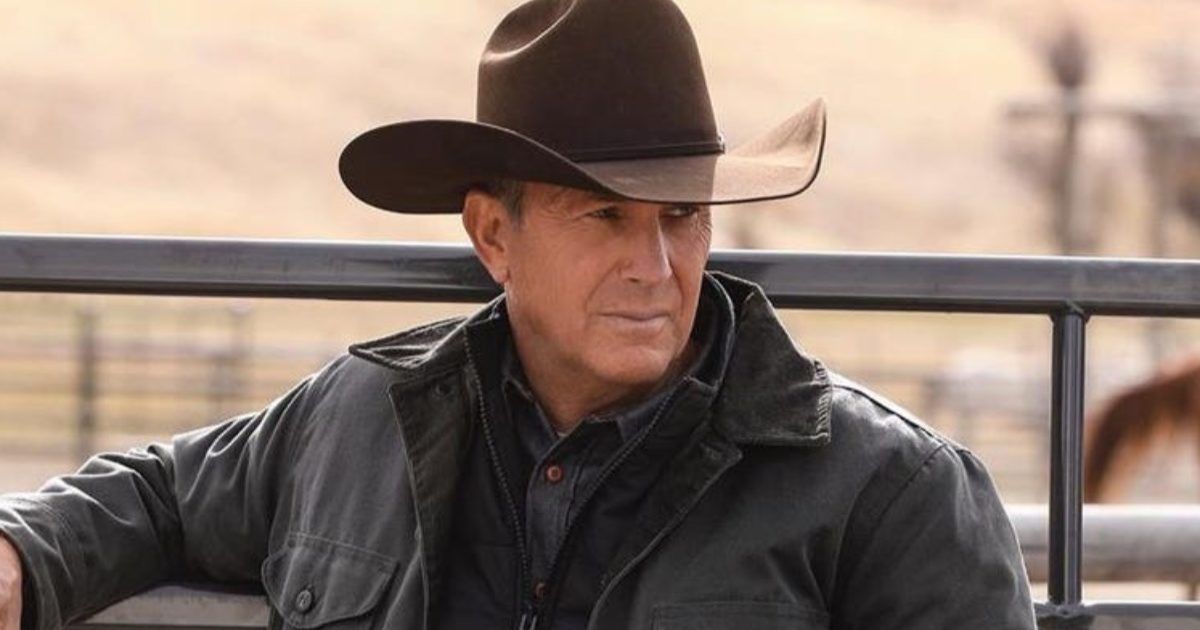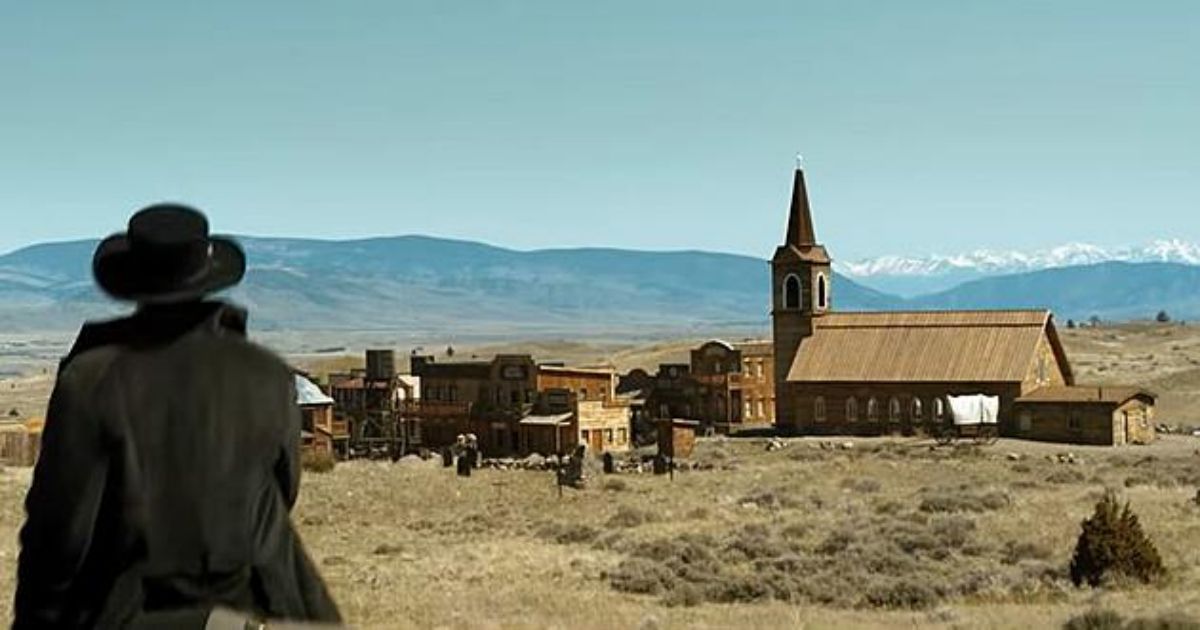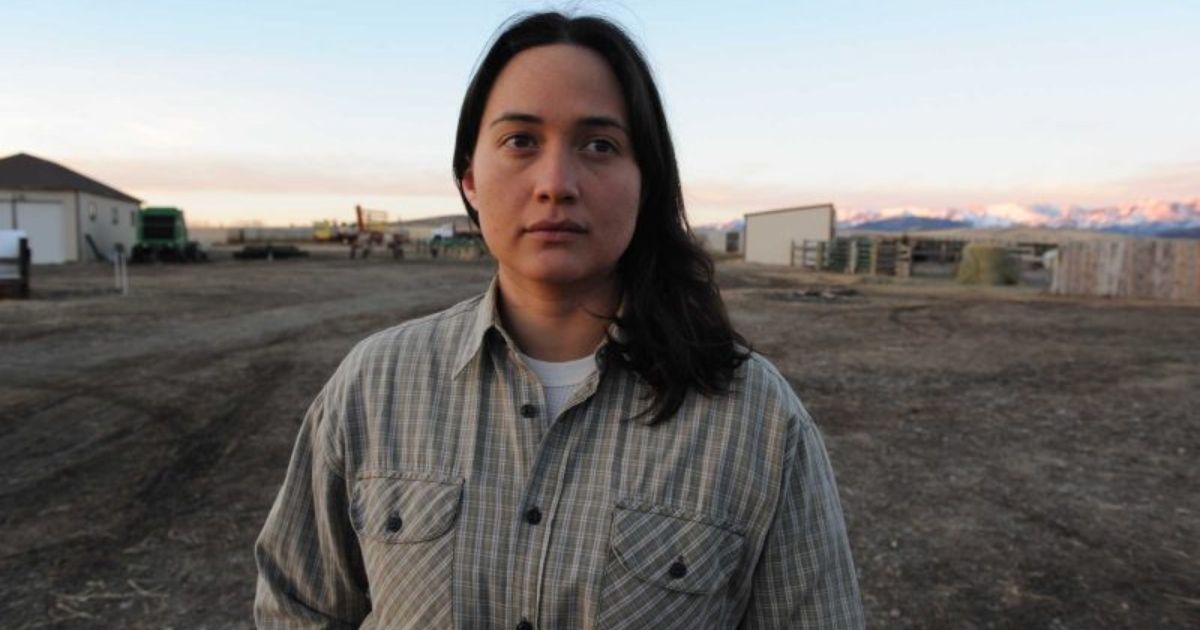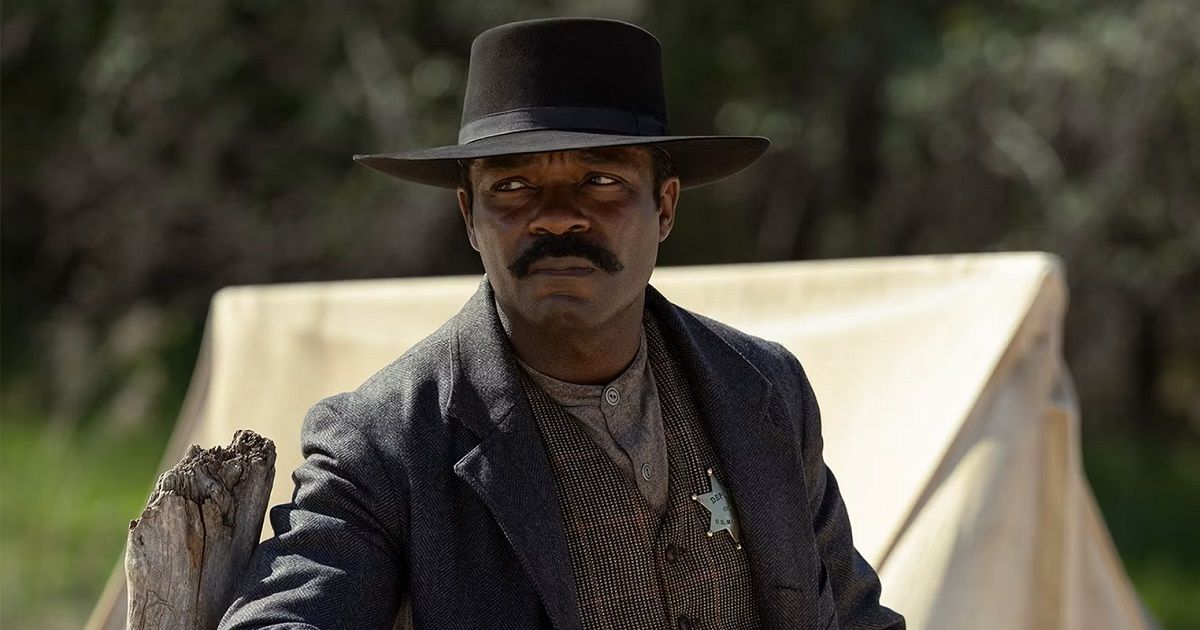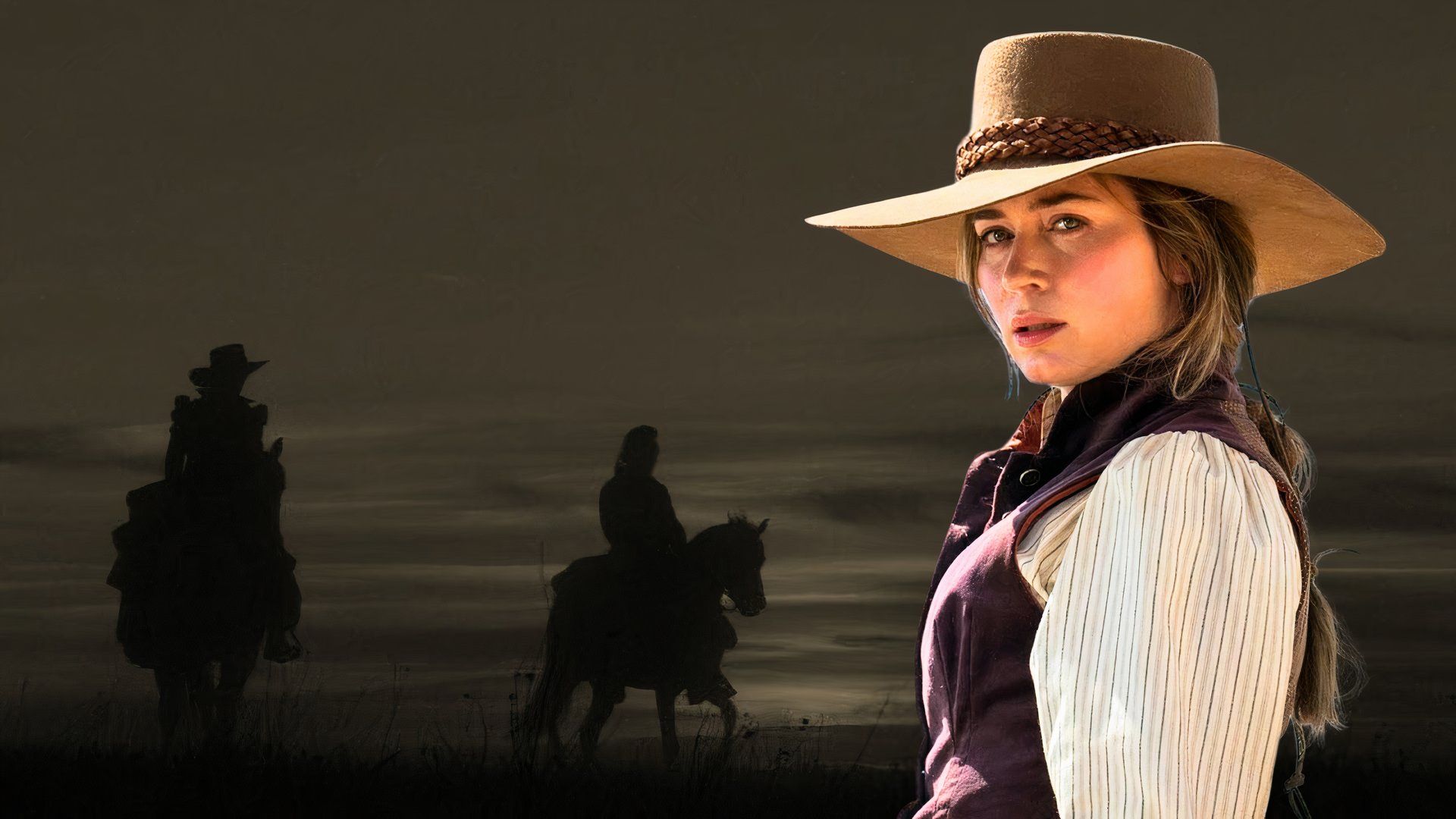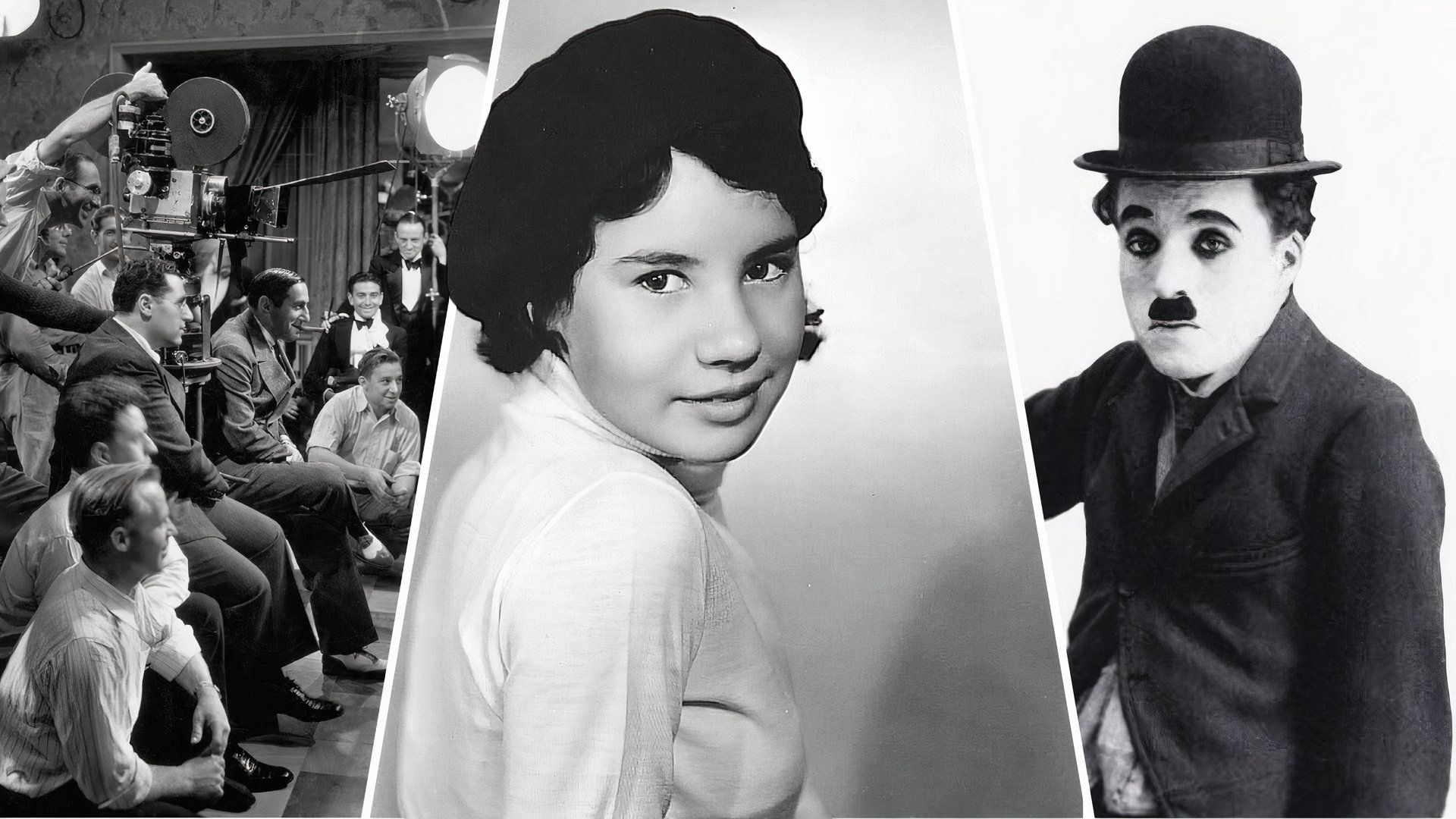Hollywood has a pattern of portraying history in a marketable way. Audiences will flock to screenings or binge a series simply because of the era or topic. The Barbienheimer phenomenon in July of this year reflected how audiences went to the theaters to see Oppenheimer for the historical period of the film. Yet historical facts often erase the horrors that the common person experienced, like in the series Yellowstone, which documents part of the Westward Expansion era in the United States. The fictionalized series takes place between 1883 and 2020, focusing on the Dutton Family Ranch that borders Yellowstone National Park, located in Boseman, Montana in the Northern part of the United States.
In Yellowstone, the tale of the American West and Westward Expansion is told with a star-studded cast led by Kevin Costner. However, the series sidelines the real history of the American West’s expansion. Much of the erasure in Yellowstone centers around Native American people and their land being stolen to make the national parks and the ranches in the West. Even the history of enslavement in the South and how it influenced Westward Expansion is glossed over. As much of a phenomenon as Yellowstone is, the series is also a stark reminder that whenever history is the focal point, the harm will be sidelined.
National Parks and Native Land
In 1872, the National Parks System was established by Congress. The park that began the movement by Congress was Yellowstone National Park, which is estimated to be 3,477 square miles. The park spans three States in the American West: Idaho, Montana, and Wyoming, though a majority of the park is located in the latter. Since Yellowstone was established, the United States recognizes over 400 National Parks. However, this land essentially belonged to Indigenous tribes and was acquired through nefarious means.
According to The Ecologist, the origin of the National Parks Service was meant to honor the Indigenous tribes who knew the land and its animal counterparts. Yet within 50 years, those in charge of the parks became increasingly violent with the Indigenous people. What’s more, sometimes the National Park Service would lie to the Native tribe leaders by stealing their land and pushing them to edge of the park via treaties.
Indigenous people fought back, which led to wars with colonizers like The Battle of Slim Buttes, which, in turn, eventually led to the Wounded Knee Massacre in the Black Hills of South Dakota. Today, the Black Hills hosts a monument to the Sioux warrior named Crazy Horse, but the area is most famous for Mount Rushmore. Not only is the monument paying homage to three presidents who enslaved people, but the monument was built on sacred Lakota land that was stolen. Yellowstone, much like the Black Hills, was stolen land from Native tribes and turned into a destination where tourists disrespect the land and the animals that inhabit it.
Cattle Ranches and Legacy Families
American history is often told like a modern fairy tale: Puritans settled at Plymouth Rock, were friendly with the Natives, the North fought to free enslaved people in the Civil War, and eventually people journeyed West to places like Texas, Montana, and California. The story continues with mentioned of the Dust Bowl, the Oregon Trail, and the establishment of Catholic missions along the California coast. While the story told is based on true events, the atrocities along the way are heavily glossed over.
Just as the National Parks Service eventually led to massacres of Native people, the history of cattle ranches and legacy families is not as magical as they’re portrayed in Yellowstone and other works of fiction. The history of ranches and plantations extends back to the first settlers in America. Not only were the colonies established up and down the East Coast of the United States, as they were British territory, but the land of the South was developed through enslaving people.
The wealthy families who owned plantations, in states like Texas, rebranded their land to ranches and enslaved people as cowhands. In fact, as Huff Post explains, the term “cowboy” is rooted in the racist terms towards enslaved people. As ranches spread Northwest towards Montana, legacy families and their “employees” established ranches near and around National Parks like Yellowstone.
Colonialism vs Native History
In addition to history’s erasure of the treatment of Native people regarding Westward Expansion and Black people’s continued enslavement to establish ranches, the portrayal of Native people throughout entertainment’s history is based in white saviorism. Colonialism is the crux of every depiction of representation from LGBTQIA people to Black and people of color. Regarding Native people’s portrayal, they’re depicted as stoic or as untrustworthy.
For example, Disney’s Frozen II depicts the Northuldra, a fictional Native tribe, as people in tune with nature who were untrustworthy; even Barbie made discriminatory remarks about the Native tribes with a smallpox joke. Whether these portrayals and jokes were unintentional, they are part of the white savior narrative that Black and people of color are untrustworthy until they gain the approval from white people.
Due to Yellowstone’s timeline of almost 200 years, the portrayal of the various Native tribes relies on Natives being safe because the Dutton family says so. Killers of the Flower Moon actress Lily Gladstone called out the harmful portrayal of Native tribes in Yellowstone as deplorable. She also called the series out for making the American West a fairy tale and erasing the nuances between the Native tribes who inhabit the land in and around Yellowstone.
Bass Reeves Spin-Off
With the establishment of the judicial system in the United States came the U.S. Marshals, who are federal police officers. Unlike FBI or CIA agents, Marshals specifically work with the President and enforce federal law. Historically, they have been called upon to arrest enslaved people who escaped as well as trading spies with foreign countries. Essentially, the Marshals and their deputies exist to enforce the President and other federal judiciary branch’s wishes. When formerly enslaved people were granted freedom, they were able to buy land and be paid for their labor. Some went on to be the first formerly enslaved person to occupy certain posts, like Bass Reeves.
Renowned as the first formerly enslaved person to be appointed a U.S. Marshal, Reeves’ history is tied to Oklahoma and Arkansas. Once he was freed, he worked as a guide for the government and eventually became a U.S. Marshal for his high conviction rate between Arkansas and Oklahoma. Because Yellowstone and its spin-offs cover the “history” of Westward Expansion, Reeves is the focus of an upcoming Yellowstone prequel show. Reeves will be portrayed by David Oyelowo (Selma) over a six-part series. The story is set to depict Reeves as the man behind the Lone Ranger.
Yet with how the writers of Yellowstone have portrayed Native people, the portrayal of a formerly enslaved person who became a lawman might fall under the same scrutiny, especially with how Black people are portrayed in Hollywood. Only time will tell, as Lawmen: Bass Reeves is set to premiere November 5, 2023.
